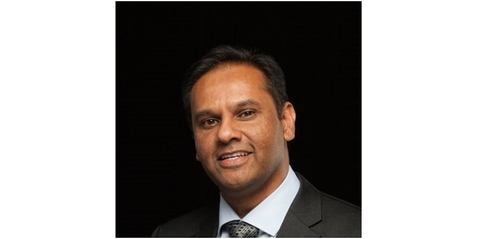CenturyLink says that the adoption of SD-WAN is not going to completely eat its existing MPLS lunch. Instead, the service provider foresees a transitional period during which business customers will run a hybrid network of SD-WAN at remote sites and MPLS services at their larger sites.
Speaking at the Cowen and Company 3rd Annual Communications Infrastructure Summit, Aamir Hussain, CTO of CenturyLink, said that his company has put the elements in place to handle its customers' ongoing migration to software-based services.

“SD-WAN is complementing MPLS because business customers are buying it as a hybrid service,” Hussain said.
RELATED: CenturyLink serves up managed hybrid SD-WAN, addresses MPLS, broadband environments
The service provider recently introduced its managed Hybrid SD-WAN solution, allowing businesses to integrate and optimize traffic flow over a mix of broadband internet connections and private MPLS networks.
To optimize network traffic delivery across broadband and MPLS, CenturyLink is using application-aware routing to automatically identify the best end-to-end path based on application requirements and network latency. As a result, CenturyLink claims it can deliver optimal performance between users and applications, regardless of whether they reside on-premises or in the cloud.
“The service is taking off and the demand is very high,” Hussain said.
While many SD-WAN advocates see SD-WAN as the death knell to MPLS, CenturyLink appears to be holding its own. While CenturyLink noted that growth in MPLS revenues was a little less than anticipated during the second quarter, the service provider still had nearly 2,000 MPLS customers.
“This performance was driven in particular by our SMB customers, where we are seeing improved install intervals of nearly 20%, which should help accelerate our revenue recognition as we move into the third and fourth quarters of this year,” said Glen Post, CEO of CenturyLink, during the second-quarter earnings call, according to a Seeking Alpha transcript.
Still, CenturyLink understands that its business customers are seeing the value in transitioning to a software-based architecture, and it will be able to react to those needs. CenturyLink itself has currently enabled 60% of its network on software, and it continues to ramp up its product set with these capabilities, something it will grow even further upon completing its acquisition of Level 3 later this year.
“Over time, we will see a fundamental shift towards software-based services,” Hussain said. “The good thing is we are ready for it and are building more virtual functions that will offset legacy declines.”
